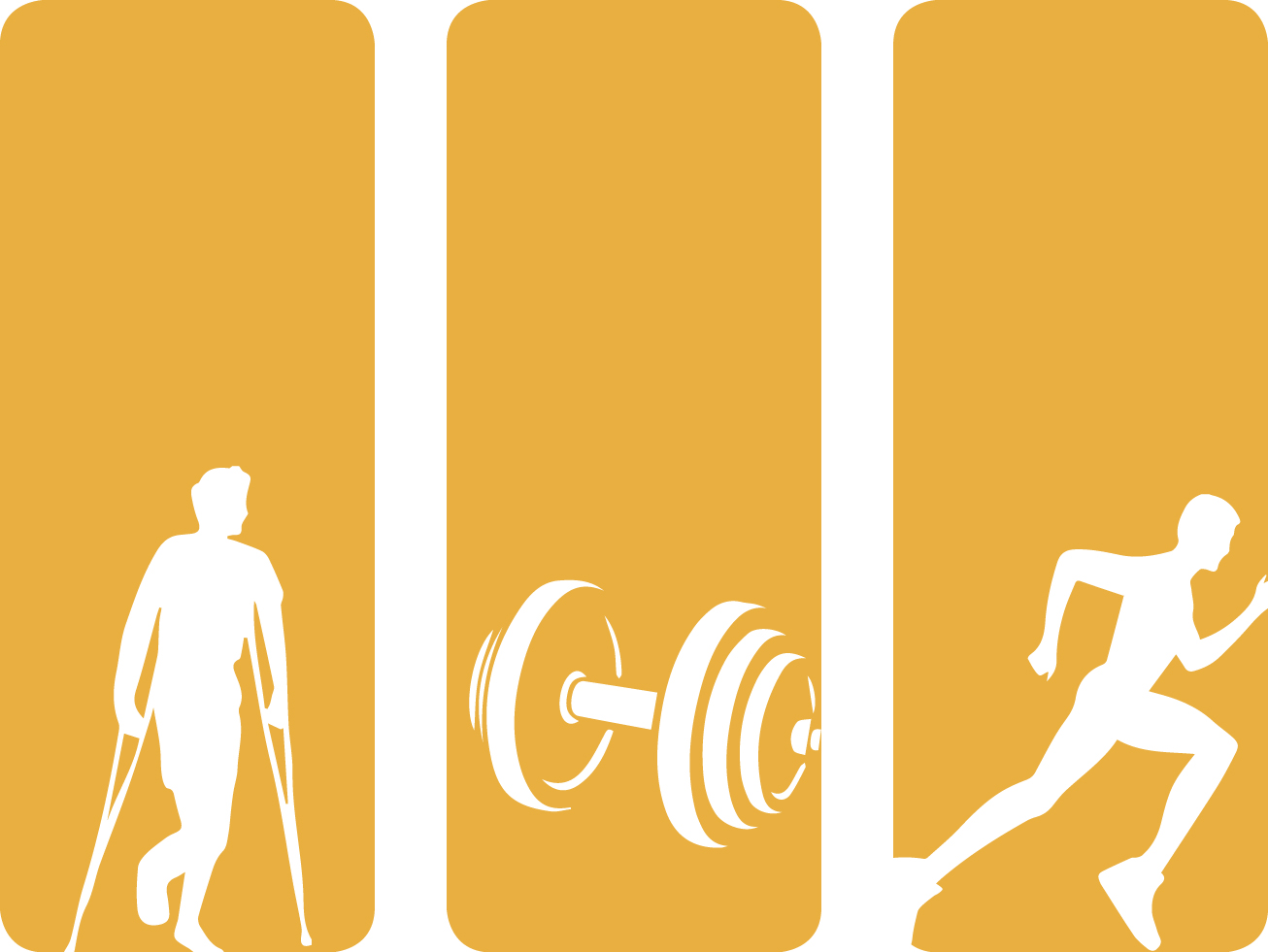I sprained my ankle, what do I do? pt. 2
The first post in this series about ankle sprains dealt with the most acute phase of injury (inflammation). Inflammation usually lasts a few days, after your ankle is no longer hot to the touch and swollen it's ready to start healing. Healing occurs in stages the details of which I will not go into heavily for this post in the interest of keeping things simple. The most important thing to do when rehabbing any injury is to not re-injure it in the process. For the majority of us a conservative approach to rehab exercises will accomplish our goals while protecting us from the urge to push it too hard.
Stage 1-Active range of motion (ROM), isometric strengthening and proprioception.
Your first objective with rehab is to regain your full range of motion. How do you know what your full range of motion is? Assuming your other ankle is healthy, that's a good place to start, your goal is for symmetry between both of your ankles. You were already doing some passive and pain free active ROM during the inflammatory phase, now its time to push a little harder. You still want to keep this pain free, move your ankle to the absolute limit of your pain free range in the four directions it moves. Up and down (dorsiflexion and plantar flexion respectively) and side to side (inversion and eversion). Do 15 repetitions of each movement 2-3 times at least once a day, preferably 2 or 3 times. You can still do passive ROM as well by moving your ankle around in those same ranges with your hands if your passive ROM is still larger than your active range.
Isometric strengthening involves contracting the muscles that control your ankle against resistance but without moving the ankle through any ROM. You can use any immovable object to accomplish this, such as a wall, desk, chair etc. You will likely be able to do this best sitting with your leg outstretched in front of you and supported, the floor is a good place to do this. Place your foot against a wall and push trying to use only your ankle.
Keep the reps high and pain free, 2-3 sets of 15 repetitions of 6 second holds 2-3 times a day.
Proprioception refers to your bodies ability to sense its position in space. Proprioception is reliant on sensors in your muscles, ligaments, and joints. When you injure these tissues it disrupts those sensors ability to function properly. There are a few ways to improve proprioception. If weight bearing is still uncomfortable you can practice drawing the alphabet with your foot in the air, this also helps with your ROM, bonus! If you can weight bear well progress to a single leg stance on solid ground, try to hold it for 15/30/60 seconds progressively. If that's easy try closing your eyes. As you improve you can start adding instability such as standing on a pillow, when that's easy fold the pillow in half and you will notice more instability.
Ok next post we will talk about the next step, how to know when to progress to more challenging exercises.
